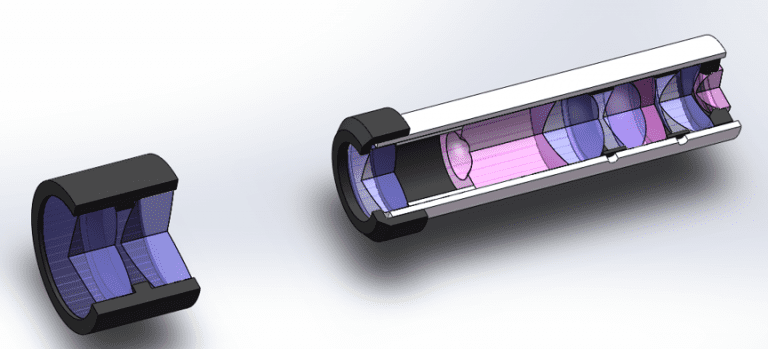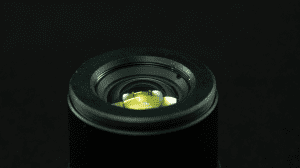Key Takeaways
- The Small Objective Lens is a crucial component of optical microscopes, enabling microscopic exploration of the microcosm.
- Composed of multiple lenses, it magnifies images with minimal distortion for clear observation.
- Its compact size and lightweight nature make it portable and suitable for various scientific studies.
- Future advancements aim to enhance its resolution and integration with digital technologies for broader applications in scientific research.
What is Small Objective Lens?
In contemporary scientific exploration, delving into the microcosm has gained unprecedented importance. To scrutinize minuscule structures and behaviors, scientists rely on sophisticated tools, among which the Small Objective Lens holds a pivotal role. This lens is an indispensable component of optical microscopes, enhancing their imaging capabilities and enabling the observation of details imperceptible to the naked eye.

Basic Principles of Small Objective Lens
The Small Objective Lens is meticulously designed based on optical principles. Comprising a series of lenses and optical elements, it magnifies the image of the observed object to a level discernible by the human eye or a camera. Typically composed of several lenses, its arrangement and shape are carefully crafted to ensure clear imaging with minimal distortion.
Distinctive Features of Small Objective Lens
The Small Objective Lens, a compact version of its traditional counterpart, distinguishes itself with its small size and lightweight nature. This makes it suitable for a myriad of microscopic studies. Its primary advantage over larger counterparts lies in its portability, allowing researchers to effortlessly transport it to laboratories, field settings, or any location requiring microscopic observations, unhindered by weight and volume constraints.
Moreover, the design of the Small Objective Lens caters to the need for different magnification levels during experiments. Equipped with interchangeable lenses or adjustable mechanisms, users can select the appropriate magnification based on specific requirements, facilitating diverse observations and studies.
Applications Across Various Fields
The applications of the Small Objective Lens span various scientific disciplines. In biology, it aids in observing cell structures, microorganisms, and other microscopic entities. In materials science, it contributes to studying the organization and properties of minute particles. In the medical field, the Small Objective Lens proves invaluable in minimally invasive surgeries and observing tiny internal structures, providing detailed insights for medical professionals.
Future Directions
As technology advances, the design and performance of the Small Objective Lens will continue to evolve. Enhanced optical technologies, higher resolutions, and broader applications will be the focal points of future developments. Integration with other technologies such as digital image processing and artificial intelligence will further elevate the efficacy of microscopic lenses, playing an increasingly crucial role in scientific research.
In conclusion, the advent of the Small Objective Lens has furnished a more convenient and flexible tool for microscopic research, propelling a deeper understanding of the microcosm in the scientific realm. Its applications across various fields promise to unravel the mysteries of the microscopic world, driving the continuous development of science and technology.
GREAT ARTICLE!
Share this article to gain insights from your connections!




